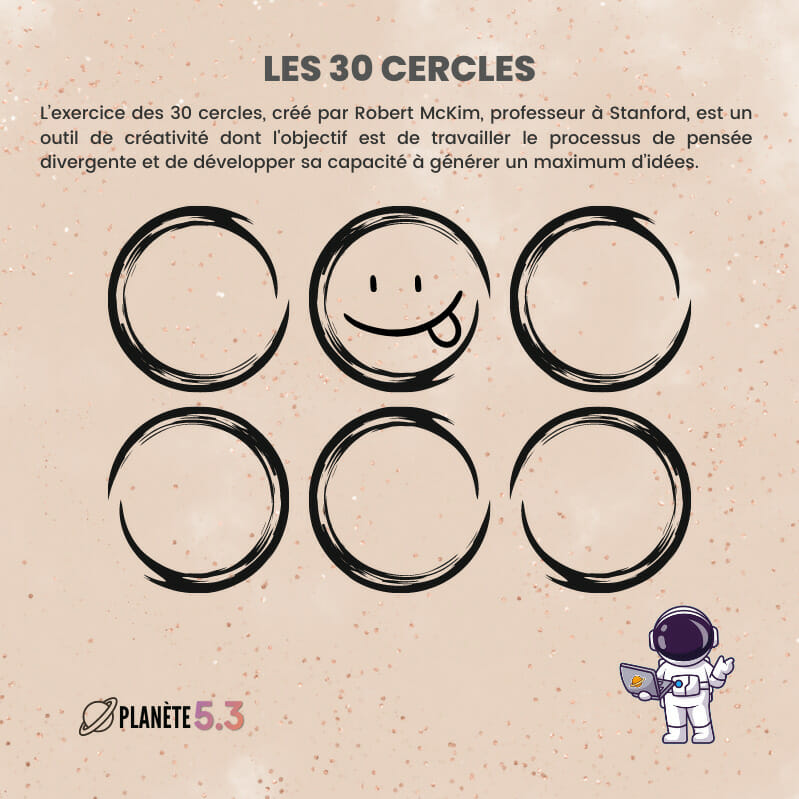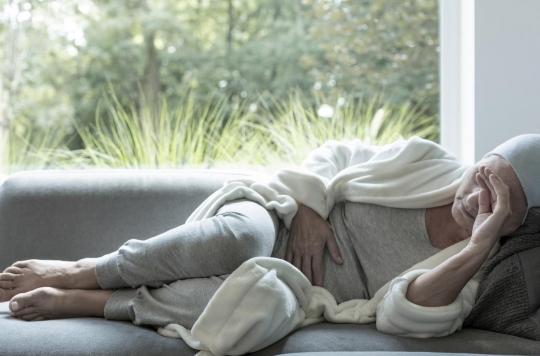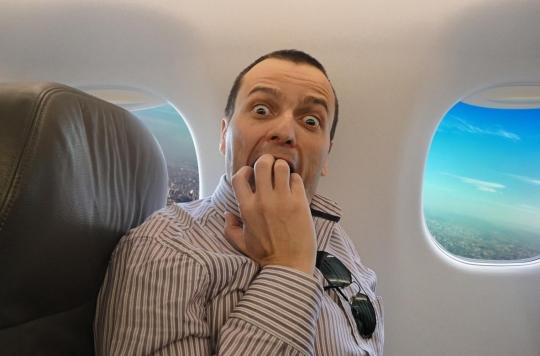My medical file
Even if you travel carefree, you can still end up in the hospital or lose your medicines. Then it is useful if you have your medical data quickly. Eight options in a row.
It will happen to you: while you are reading comfortably on a Spanish costa, a bandido turns your apartment upside down. Camera gone, passport lost, and even the contents of your toiletry bag are gone. Your no-nonsense holiday feeling has suddenly been exchanged for pure panic. How should you take your rheumatism medicine, blood pressure pill and cholesterol-lowering pill tonight? What were all those pills called? And how on earth do you make that clear to a doctor in Spanish?
“In such cases, people call us,” says a spokeswoman for the ANWB Emergency Center. “We then try to retrieve the medical file through the GP.” However, anyone who travels well prepared ensures that they always have their medical data to hand. How? We list eight possibilities, starting with the simplest.
A homemade card
You can put such a card in your diary, passport or wallet. In any case, write down the brand name, the substance name, the strength and the dosage for medicines. If you know that you could suddenly become unwell due to a condition, such as diabetes, epilepsy or allergies, please state this on the card. The disadvantage is that you can make spelling mistakes or be incomplete, so that a foreign doctor does not understand.
Cost: none.
Drug printout from the pharmacy
Such a printout contains the current information about the medicines you are taking. The correct spelling of the medicines is guaranteed, but you must add any other details yourself.
Cost: none.
Medicine Passport
The medicine passport is a paper document in a plastic sleeve the size of half an A4 sheet that you can request from the pharmacy. The pharmacy will state on it which medication you are taking. Brand names, substance names, strength and use are shown here. Allergies, sensitivities and chronic conditions can also be noted. The headings are in Dutch, English and French.
Cost: none.
European Medical Passport
Everything in one clearly recognizable document the size of a passport, with sections in eleven European languages. In addition to the use of medicines, an EMP also contains data about allergies, chronic diseases, health problems, who the attending physician is and who should be warned in urgent cases. You can have it filled in by your GP. Available at ANWB, general practitioners, patient associations and some pharmacies.
Costs: €1.95.
SOS Talisman
Pendant on necklace, bracelet or as a brooch containing a strip of paper that is long enough to record both the medical history and the medicines. It is available at ANWB, jewelers, pharmacies and drugstores, among others. Sold two million times in the Netherlands. Advantages are that it is compact and that you carry the first aid information on the body.
Costs: from €9.25.
White Cross Alarm Token or Alarm Watch
Similar to the SOS Talisman, but then published by the White Cross Foundation. The badge contains first aid information that is important for chronic diseases (such as diabetes or epilepsy), the telephone number of the White Cross that can be reached 24 hours a day and your own participant number. The medical file is at the White Cross and can be requested by telephone. It is then faxed to a hospital. The data is checked once a year. There are 12,000 Dutch users. It can be ordered via tel. 070-311 04 86 or www.whitecrossfoundation.org..
Costs: registration (once) €25. Token from €25. Shipping costs €2.50. After that €14 per year.
medlook
In other words: your file on the internet with information about medicines, medical history and even blood sugar and blood pressure values. There are already 60,000 users in the Netherlands. Medlook is offered free of charge at three hundred (of the eighteen hundred in total) pharmacies. The pharmacy will fill in the medication usage for you. If your pharmacy does not offer this service, you can request it for a fee from Medlook itself: tel. 088-633 56 33 or www.medlook.nl. You can keep it together with your pharmacy and/or general practitioner. Medlook users receive a pass with personal data and access code. With this access code, you can access your medical file anywhere in the world via a computer with an internet connection.
Cost: free or €12 per year.
USB stick
Special USB sticks are available with a ready-to-use program for the medical data, such as Medstick and Medikeeper. Available through respectively www.cinsol.nl and www.medikeeper.nl. Such a USB stick can be read on a computer by emergency services abroad. The disadvantage is that you cannot access your data without a computer and that such a stick is sensitive to moisture and may not be connected to all computers.
Costs: Medstick €29.50, Medikeeper €24.95 (software for your own USB stick €10).
It is difficult to choose between all these options. There is no one way that is most practical in all circumstances, and there is no ‘official, approved’ option.
A medal, medallion or piece of paper that you carry with you has the logical advantage that you always have it at hand. Unless it’s just in the trunk that gets stolen or gets lost. Although a digital medical file is always available via the internet, you should not lose the pass with the access code. Moreover, on that idyllic island, that rustic mountain village or that secluded campsite, you just have to have an internet connection. In any case, let those who stay at home or travel partners know how they can access your medical file in an emergency.
As a rule of thumb, anyone who runs the risk of becoming unconscious (or otherwise unresponsive) would be wise to wear their medical data on their body. An ambulance employee will always first look for such a document or piece of jewelry. If it turns out that someone has diabetes, for example, the care provider knows that an injection of glucagon is enough to get the patient back on their feet. And that saves a lot of unnecessary investigations or treatments.
People with a severe allergy, for example to antibiotics, nuts or wasp stings, would do well to always have their medical information with them. Due to their allergy they can go into a life-threatening shock and in that case they need a quick shot of adrenaline.
Still traveling with thrombosis
Thrombosis patients should have their blood clotting value measured once a week (or every two or three weeks) and then told how many blood thinner pills they should take per day. This used to be possible only at the general practitioner or in the hospital, nowadays there is an alternative: taking blood yourself and determining the blood clotting value. You send that value via the internet to the doctor, who will then let you know what the dosage will be. This option ensures that thrombosis patients can also travel carefree, provided there is a computer with an internet connection nearby. Almost all health insurers reimburse the costs of self-injection. More information: tel. 030-697 50 28 or www.denationaletrombosedienst.nl.
Sources):
- Plus Magazine















